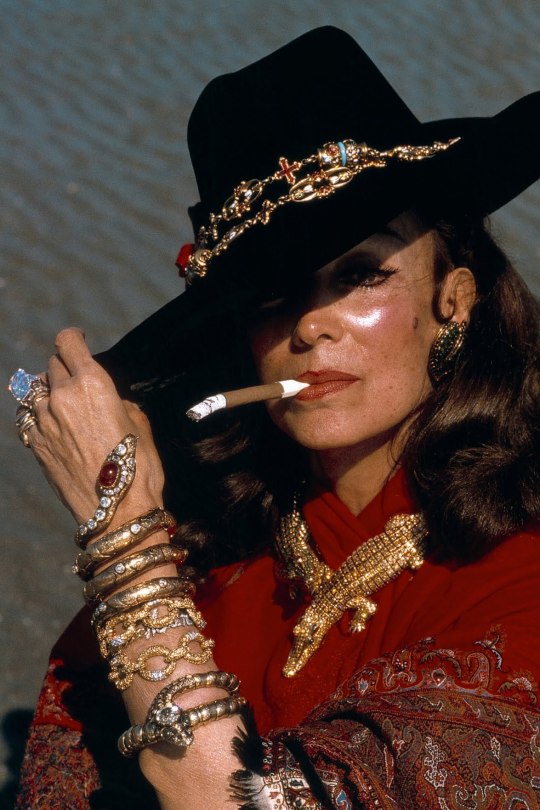#maría félix
Text
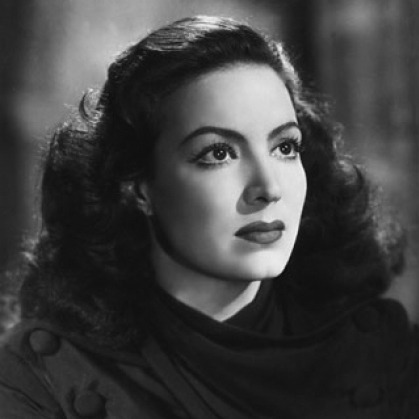

Propaganda
María Félix (Doña Barbara, La Mujer sin Alma, Rio Escondido, La Cucaracha)—Maria Felix is still possibly the most well-known Mexican film actress. She turned down multiple-roles in Hollywood and a contract with Metro-Goldwyn-Meyer in order to take roles in Mexico, France, and Argentine throughout the 1940s, 50s, 60s. She was so famous and so respected as a dramatic actress that she inspired painters, novelists and poets in their own art--she was painted by Diego Rivera, Jose Orozco, Bridget Tichenor. The novelist Carlos Fuentes used her as inspiration for his protagonist in Zona Sagrada. She inspired an entire collection by Hermes. In the late 1960s Cartier made her a custom collection of reptile themed jewels. She considered herself to be powerful challenger of morality and femininity in Mexico & worldwide--she routinely played powerful women in roles with challenging moral choices and free sexuality. But even still, years after he death, she is celebrated with Google Doodles, and appearances in the movie Coco, and holidays for the anniversary of her death.
Maureen O’Hara (The Parent Trap, The Quiet Man)—They called her the Queen of Technicolor. That right there should help introduce people to the fiery, wonderful, stunning Maureen O’Hara. She was from Ireland, born in 1920, and started in theater at the age of ten. At 15, she was winning drama awards, including one for her performance as Portia in the Merchant of Venice. At 16, she was the youngest pupil to graduate from the Guildhall School of Music. By 18, she transitioned to film, starting off with a bang alongside Charles Laughton in Hitchcock’s Jamaica Inn, and proceeded to work steadily up through the early 1970s. She was in adventures and comedies and romances, spent a lot of time in westerns giving merry hell to John Wayne (and less merry hell to the indomitable John Ford — she held her own even when he was verbally abusive and demeaning to her). She was in The Quiet Man, which was the first American-made film entirely filmed in a foreign country. She helped make American Christmas what it is with Miracle on 34th Street. She played a lineup of headstrong, forthright women second only, perhaps, to Katharine Hepburn. She was married three times, lived for a while with a boyfriend in Mexico, sued for custody of her daughter in the 1950s, AND sued a magazine for libel in the same era. After mostly retiring from acting, she edited a magazine. She eventually sold the magazine to spend more time with her grandson, but even then ran a ladies fashion store. She was an outspoken, brilliant, passionate lady, with amazing red hair, a career to envy, and — well — that face!
This is round 2 of the tournament. All other polls in this bracket can be found here. Please reblog with further support of your beloved hot sexy vintage woman.
[additional propaganda submitted under the cut]
María Félix:

She's Thee Hot Vintage Movie Woman of México. She's absolutely gorgeous and always looks like she's about to step on you. you WILL be thankful if she does.
"María Félix is a woman -- such a woman -- with the audacity to defy the ideas machos have constructed of what a woman should be. She's free like the wind, she disperses the clouds, or illuminates them with the lightning flash of her gaze." - Octavio Paz
María Félix is one of the most iconic actresses of the Golden Era of Mexican Cinema. La Doña, as she was lovingly nicknamed, only had one son, and when her first marriage ended in divorce her ex-husband stole her only child, so she vowed that one day she’d be more influential than her ex and she’d get her son back. AND SHE DID! María Félix rejected a Hollywood acting role to start her acting career in Mexico on her own terms with El Peñón de las Ánimas (The Rock of Souls) starring alongside actor, and future third husband, Jorge Negrete. She quickly rose to incredible heights both in Mexico and abroad, later on rejecting a Hollywood starring role (Duel in the Sun) as she was already committed to the movie Enamorada at the planned filming time. Of this snubbing she said, quote: “I will never regret saying no to Hollywood, because my career in Europe was focused in [high] quality cinema. [My] india* roles are made in my country, and [my] queen roles are abroad.” (Translator notes: here the “india” role means interpreting a lower-class Mexican woman, usually thought of indigenous/native/mixed descent —which she had interpreted and reinvented throughout her acting career in Mexico— and what abroad was typically considered the Mexican woman stereotype, with the braids, long simple skirts, and sandals. This also references the expectation of her possibly helping Hollywood in perpetuating this stereotype for American audiences that lack the cultural and historical contexts of this type of role which would undermine her own efforts against this type of Mexican stereotypes while working in Europe) She was considered one of the most beautiful women in the world of her time by international magazines like Life, París Match, and Esquire, and was a muse to a vast number of songwriters (including her second husband Agustin Lara,), artists, designers, and writers. Muralist Diego Rivera described her as “a monstrously perfect being. She’s an exemplary being that drives all other human beings to put as much effort as possible to be like her”. Playwriter Jean Cocteau, who worked with her in the Spanish film La Corona Negra (The Black Crown) said the following about her, “María, that woman is so beautiful it hurts”. Haute Couture houses like Dior, Givenchy, Yves Saint Laurent, Balenciaga, Hérmes, among others, designed and dressed her throughout her life. She died on her birthday, April 8, 2002, at 88 years old, in Mexico City. She was celebrated by a parade from her home to the Fine Arts Palace in the the city’s Historic Downtown, where a multitude of people paid tribute to her. Her filmography includes 47 movies from 1942 until 1970, and only two television acting roles in 1970. She has 2 music albums, one recorded with her second husband, Agustín Lara, in 1964 titled La Voz de María y la inspiración de Agustín «The voice of María and the inspiration of Augustín», and her solo album Enamorada «In Love» in 1998. Her bespoke Cartier jewelry is exhibited alongside Elizabeth Taylor’s, Grace Kelly’s and Gloria Swanson’s. In 2018, Film Director Martin Scorsese presented a restored and remastered version of her film Enamorada in the Cannes Classics section of the Cannes Festival and Google dedicated a doodle for her 104th birthday. On august 2023 Barbie added her doll to the Tribute Collection.

Maureen O'Hara:
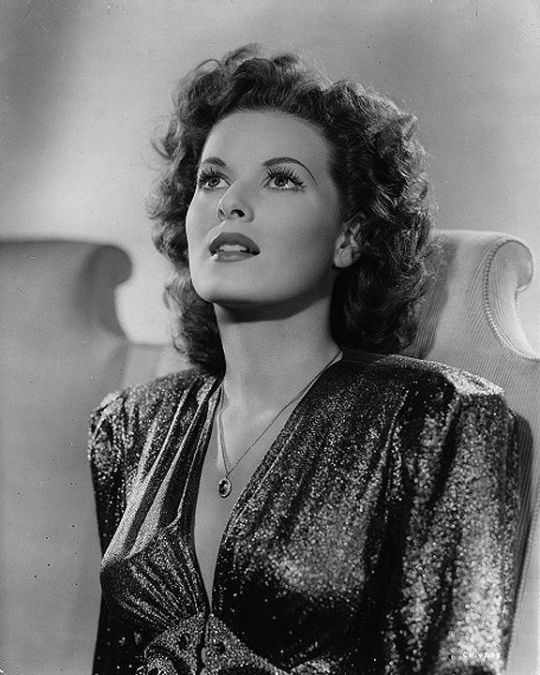
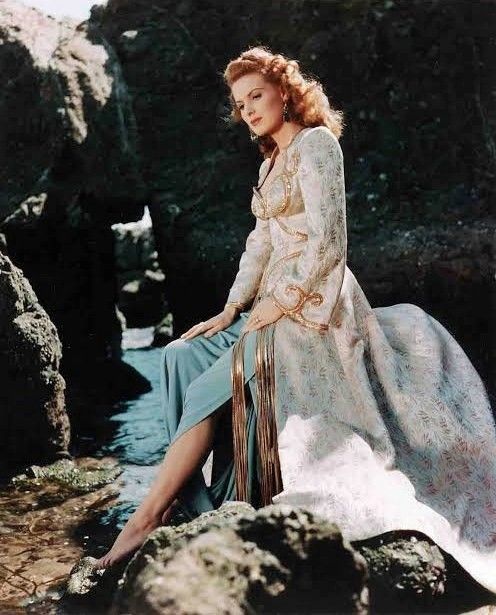
I thought she was one of the most beautiful women in the world when I was a kid and I have yet to really change my mind. Always loved her temper and her red hair. Plus she was kind of a MILF in The Parent Trap

Haughty, red hair, hot.
I would have to give up my passport if I didn't submit Maureen O'Hara but also have you seen her? Not only did she look like that (she was called the Queen of Technicolor, though she wasn't a big fan of that sobriquet), she was also very funny and tough as nails. She faced off against Walt Disney in a contract dispute and the legend goes that when someone mentioned her at his deathbed, he sat up and said 'That bitch!'. Her comment on that story is "At least he didn't think of me and say, 'That wimp'." She struggled to get serious roles for a time, saying ""Hollywood would never allow my talent to triumph over my face," so she plays the sexy princess/pirate/harem girl in a LOT of early movies that she referred to as "Tits and Sand" films, she being the tits in question. She also turned down so many leading men and studio bosses (Errol Flynn and Howard Hughes are among her rejects) that there were rumours spread that she was a lesbian. Many egos were battered it seems. I'm including the infamous Lady Godiva scene in the photo propaganda for the sheer Moment of it [link] . It was a bit of a flop critically, but it was one of Clint Eastwood's first film appearances and she said he told her later that he was very glad of the money at the time.
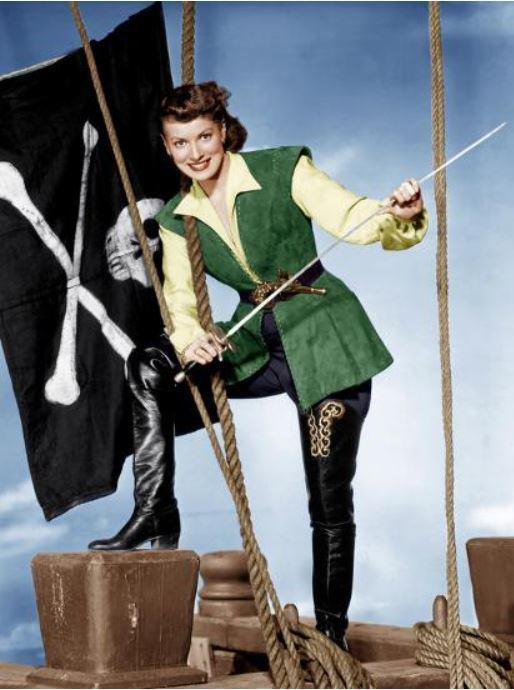

She was a very proud Irish woman and when she went for her American citizenship they insisted on referring to her as British (the timeline of Irish independence is a bit wibbly wobbly, we won't get into it here). She refused to accept American citizenship under that condition and argued her way through every level of US immigration she could find, supposedly saying "I'm not responsible for your antiquated records here in Washington", until a judge finally gave up and said "Give her what she wants, just get her out of here". This made her the first ever person seeking US citizenship to be proclaimed Irish on the record!

The hair. The accent. The figure. The acting chops. The perfection.

170 notes
·
View notes
Text


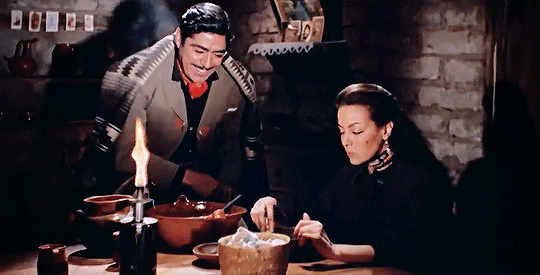

María Félix as Ángela Ramos 'Juana Gallo'
in Juana Gallo (1961) Directed by Miguel Zacarías
#Maria Felix#María Félix#mexican cinema#this movie was just her showing everybody who is boss#it's her#my stuff#I had to gif this movie if only for that second gif
108 notes
·
View notes
Text

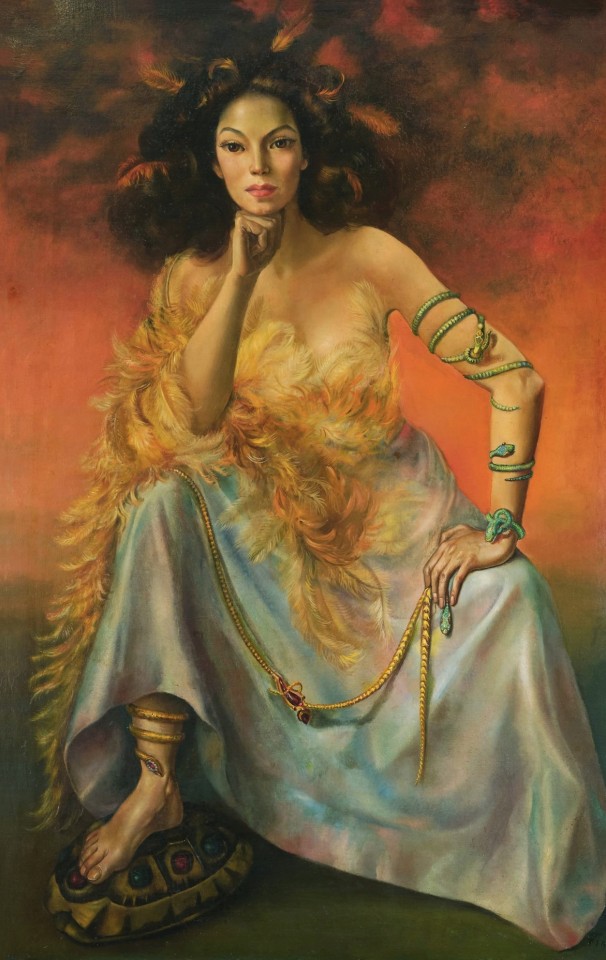

Leonor Fini (1908-1996, Argentinian/Italian)
~ Portrait de María Félix ii (detrás de la puerta), 1954 [Source: phillips.com]
~ Portrait de María Félix I or Reina del fuego, 1954 [Source: Sotheby's]
~ Las dos Mariás (Double portrait de María Felix), 1950 [Source: Christie's]
107 notes
·
View notes
Text

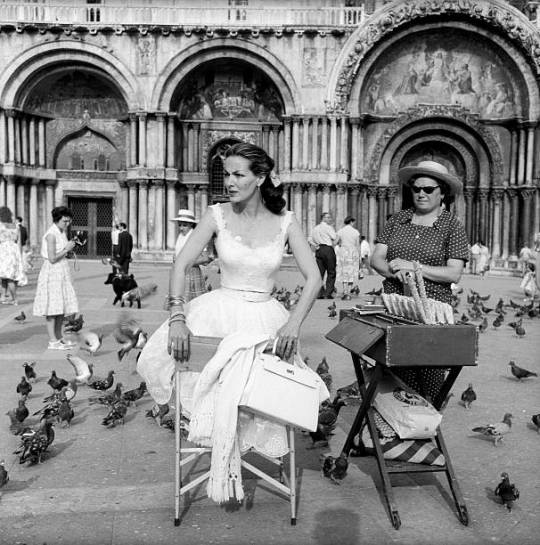
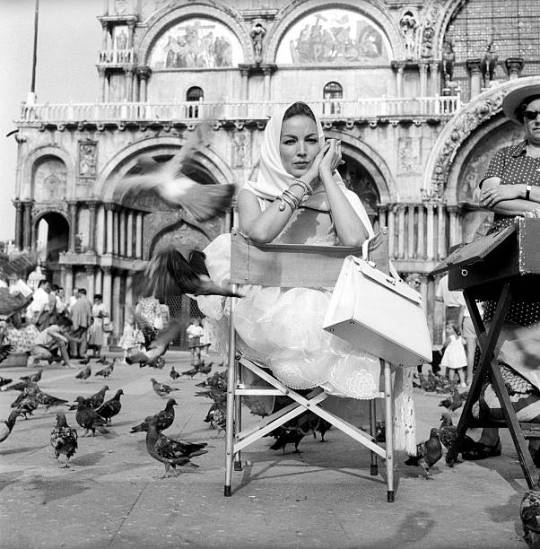
María Félix in Piazza San Marco for the Venice Film Festival 1959
#venice#maría félix#Maria felix#50s#50s vintage#piazza san marco#venice film festival#1959#1950s#50s film#50s actress#50s film stars#mexicana#hermes#black and white#b&w photography
47 notes
·
View notes
Text

Antonio Aguilar y María Félix en ~ La Cucaracha ~ ( 1958 )
#cine mexicano#cine de oro mexicano#mexico#vintage#culturamexicana#50s film#40s film#maría félix#Antonio Aguilar
81 notes
·
View notes
Text
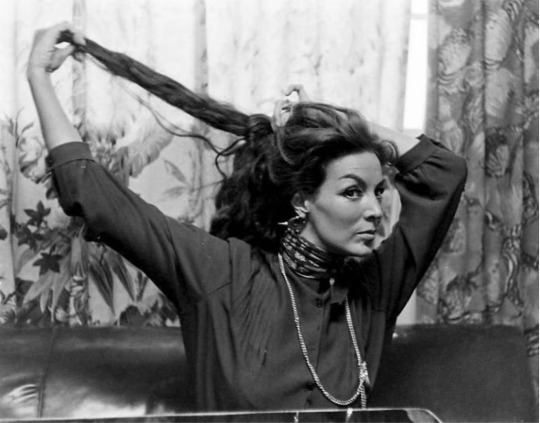
María Félix
Born: April 8, 1914, Mexico
Died: April 8, 2002, Mexico
12 notes
·
View notes
Text
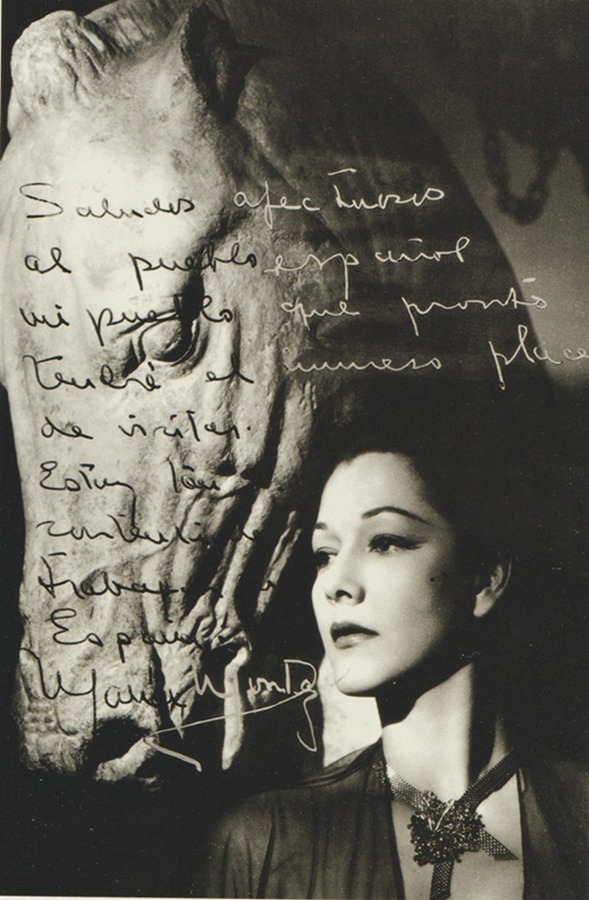
“Saludos afectuosos al pueblo español, mi pueblo, que pronto tendré el inmenso placer de visitar. Estoy tan contenta de trabajar en España! María Montez”
“Affectionate greetings to the Spanish people, my people, who I will soon have the immense pleasure of visiting. I am so happy to work in Spain! María Montez”
This is a postcard announcing that María would come to Spain to film “La Maja de Goya”, a film produced by Cesáreo González. He contacted her with the contract and the script and she agreed to take part on the film. The film was about to start by September 1951 but since 1949 the Spanish producer wanted to work with the Dominican Star.
Cesareo González was the one who promoted Mexican actress and singer María Félix and launched her career in European films. She first worked with him in "La Corona Negra" in 1951. This was a Spanish film co-produced by France and Italy.

[Mexican actress and singer María Félix pictured in 1947]
This photo was first printed in Spanish magazine Primer Plano number 560 from July 1951.

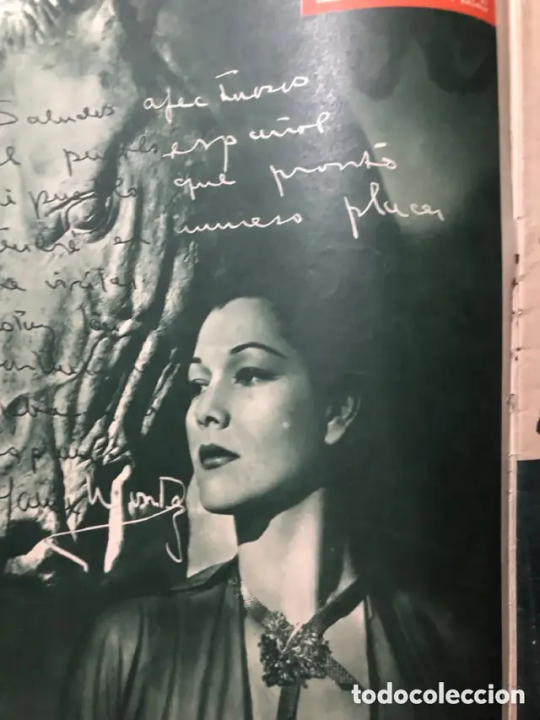
[Left: the magazine cover, featuring Ava Gardner, right the photo printed from the magazine]
Antonio Pérez Arnay had the magazine and was interested in getting the photo for his book "María Montez La Reina del Tecnicolor", and finally, he had a copy from the original one (believed to be in the Spanish Filmotheque) and could publish it in his great and unique book for María Montez.
Very special thanks to @74paris for the information given and the pics provided here.
#María Montez#Maria Montez#La Reina del Tecnicolor#The Queen of Technicolor#María Félix#1951#La Maja de Goya#Cesáreo González#Primer Plano#1951 Primer Plano#Spanish cinema#Spanish film#collaboration#Antonio Perez Arnay#María Montez la Reina del Tecnicolor#1951 Maria
10 notes
·
View notes
Text
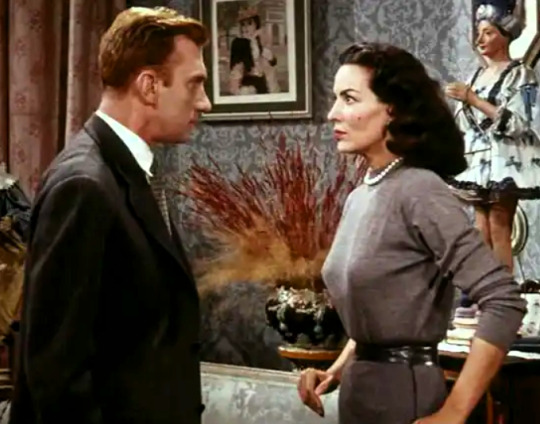
Fernando Fernán Gómez-María Félix "Faustina" 1957, de José Luis Sáenz de Heredia.
7 notes
·
View notes
Text





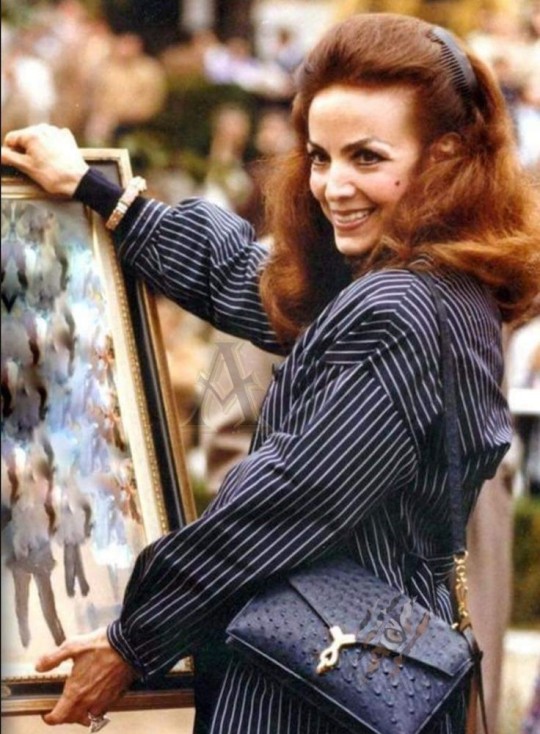
María Félix 🌸
Color by Kimblim (F 3 y 4)
Copyright ©️ Foto Yazbek (F 2 y 4),
21 notes
·
View notes
Text



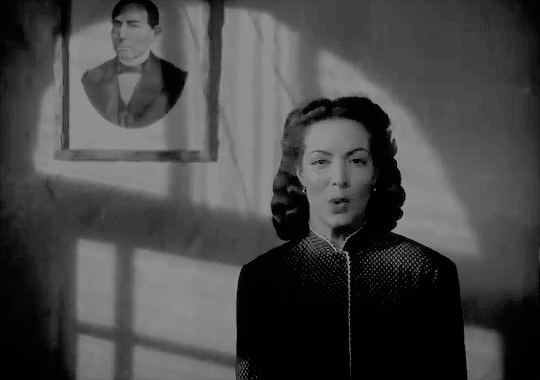
María Félix in Río Escondido (Hidden River)
directed by Emilio Fernández (1948)
#maria felix#rio escondido#golden age of mexican cinema#I am on an old film kick and lots have been with maria felix#the queen and icon she was and is#my stuff#films#mexican filmography#Emilio Fernández#maría félix
3 notes
·
View notes
Text
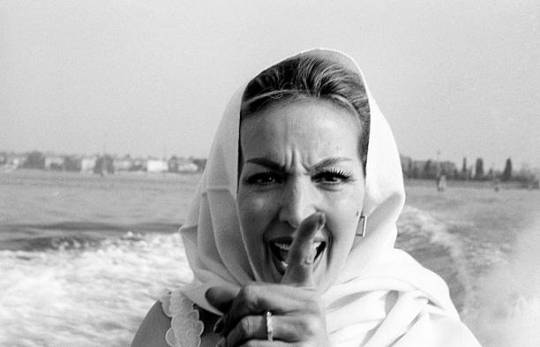


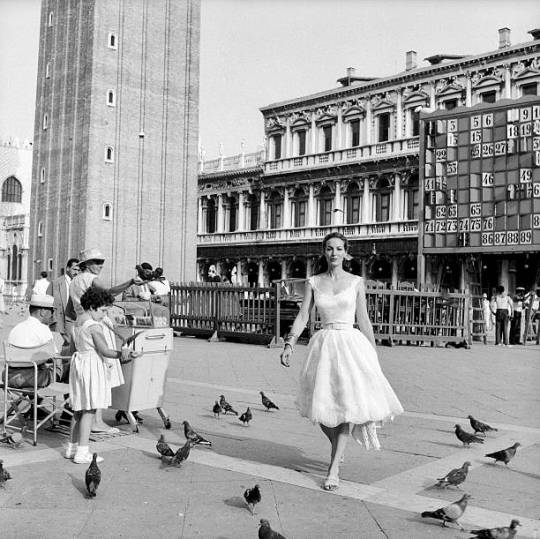


María Félix in Venice during the 1959 Venice Film Festival
#maría félix#Maria felix#1950s#venice#venizia#venice film festival#50s style#50s film#50s film stars#film actress#Mexicana#1950s vintage#50s vintage#black and white#b & w photography
30 notes
·
View notes
Text
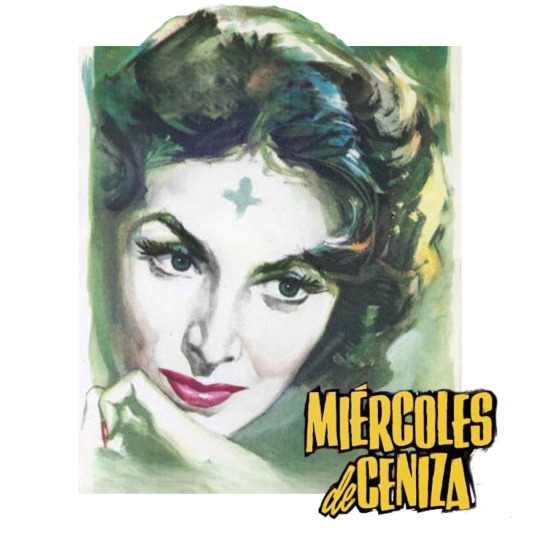
MIÉRCOLES DE CENIZA
Año: 1958
Duración: 106 min.
Dirección: Roberto Gavaldón
Guion: Julio Alejandro, Luis G. Basurto, Roberto Gavaldón
Música: Antonio Díaz Conde
Fotografía: Agustín Martínez Solares
Elenco: María Félix, Arturo de Córdoba, Andrea Palma, Rodolfo Landa, David Reynoso.
* Nominada a mejor película en el VIII Festival de Berlín
MIÉRCOLES DE CENIZA
Tradición entre los fieles católicos, quienes anualmente acuden a los templos religiosos para recibir las cenizas de las palmas, ramos e imágenes bendecidas durante el Domingo de ramos del año anterior.
SINOPSIS
Ambientada durante la guerra Cristera, La cinta cuenta la historia de Victoria (María Félix), que cae a lago de Pátzcuaro y es ayudada por un hombre que termina abusando de ella; Cuando va a recibir la ceniza en el templo (es miércoles de ceniza), se da cuenta de que su abusador es el sacerdote; a partir de ese momento se vuelve enemiga de la religión, especialmente de los sacerdotes, de tal forma que decide convertirse en espía del gobierno para combatir a los cristeros. Un día Victoria conoce y se enamora del Dr. Federico Lamadrid (Arturo de Córdova), quien representará todo un desafío para ella pues más adelante descubre que él en realidad es un sacerdote infiltrado.
#miercolesdeceniza #ashwednesday #mexicancinema #cinemexicano #epocadeorocinemexicano #mariafelix #robertogavaldón #arturodecordova #maríafélix #robertogavaldon #arturodecórdova #andreapalma
2 notes
·
View notes
Text

La máxima diva María Félix en ~ La Corona Negra ~ ( 1951 )
8 notes
·
View notes

